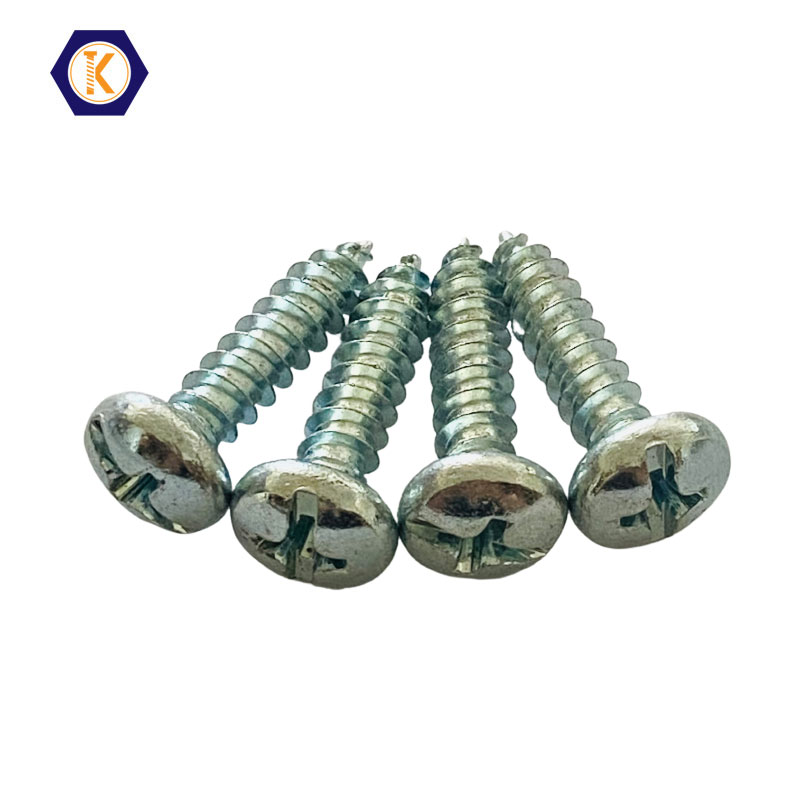The specific torque or installation requirements for Compound Groove Self Tapping Screw
2023-10-18
Specific torque and installation requirements are essential for ensuring that Compound Groove Self-Tapping Screws perform optimally and provide a secure and reliable fastening. The torque and installation guidelines can vary depending on factors such as screw size, material type, and the specific application. Here are some key considerations:
1. Recommended Torque:
- Manufacturers often provide recommended torque values for their self-tapping screws. These values indicate the amount of torque (rotational force) required to achieve proper thread engagement without over-tightening or damaging the screw or the material.
2. Use a Torque Wrench:
- To ensure accurate torque application, it's advisable to use a torque wrench calibrated to the recommended torque values provided by the screw manufacturer. Using a torque wrench helps prevent over-tightening, which can strip threads or damage the material.
3. Pilot Hole Size:
- In some cases, creating a pilot hole slightly smaller in diameter than the screw's major diameter (the widest part of the screw threads) can facilitate proper self-tapping. However, the specific pilot hole size may vary depending on the material and screw size, so it's important to refer to manufacturer recommendations.
4. Screw Size and Material Type:
- Different screw sizes and material types may require different torque settings. Smaller screws may require lower torque values, while larger screws and harder materials may require higher torque values for effective self-tapping.
5. Material Compatibility:
- Consider the material of the base or substrate you are fastening the screw into. Some materials, like metals, may require higher torque settings, while softer materials, like plastics or wood, may require lower torque to avoid damage.
6. Thread Engagement:
- Achieving proper thread engagement is crucial. Ensure that the screw's threads engage securely with the material to create a strong and reliable connection. Under-tightening can lead to loose connections, while over-tightening can strip the threads or damage the material.
7. Pre-Drilling:
- In certain cases, pre-drilling a hole to create a pilot hole with the correct size and depth can aid in the self-tapping process and reduce the required torque. Refer to manufacturer guidelines for pre-drilling recommendations.
8. Adherence to Guidelines:
- Always follow the manufacturer's installation guidelines and recommendations specific to the type of Compound Groove Self-Tapping Screw you are using. These guidelines are typically provided by the manufacturer and should be included with the product or available on their website.
9. Quality Control:
- Implement quality control measures to ensure that screws are installed correctly and within the recommended torque ranges. This can help maintain the integrity of the fastening and reduce the risk of failures.
Proper torque and installation practices are critical for achieving the desired performance, strength, and reliability of Compound Groove Self-Tapping Screws in various applications. Following manufacturer guidelines and using the appropriate tools and techniques are key to successful installations.



